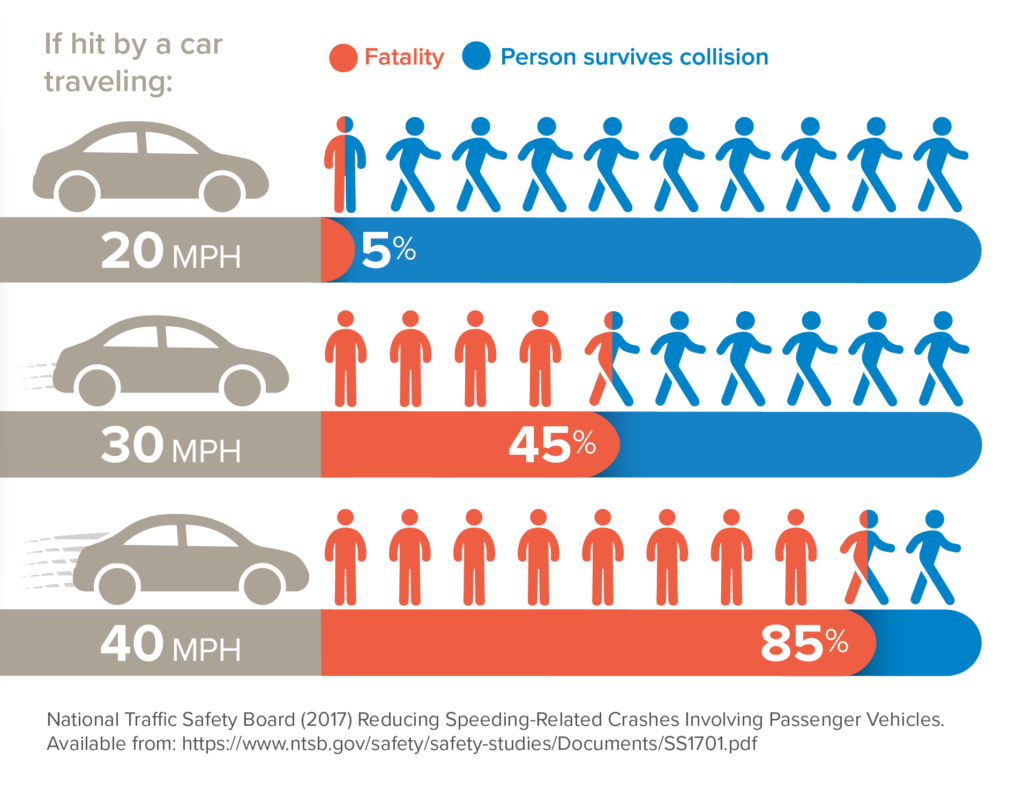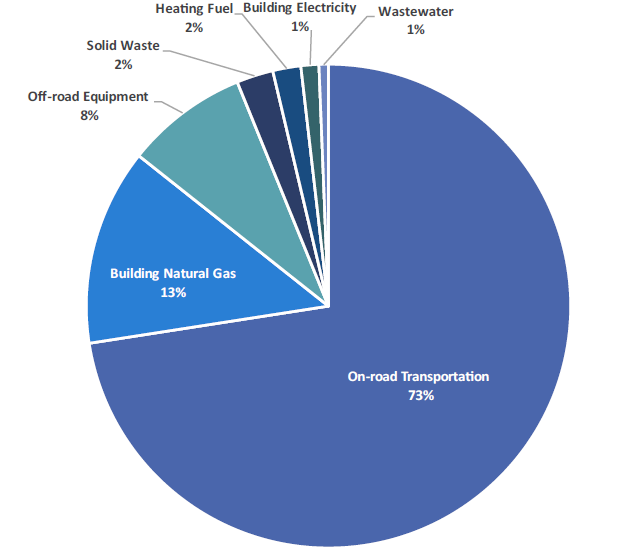The Collector
April 4, 2025
Progress on Anti-Speeding Technology…But Not Here?
As we reported last week, the City of Eureka is installing “telematics systems” on city-owned vehicles. CRTP sees this as a great opportunity to also invest in Intelligent Speed Assistance (ISA) technology, which detects the local speed limit and prevents a vehicle from speeding.
Higher speeds make crashes more likely, and also make tragic outcomes more likely when a crash occurs. Speed limits are often set too high, so ensuring vehicles go the speed limit wouldn’t solve all safety problems. But it would be a huge step in the right direction.
Thankfully, there has been significant progress toward ISA adoption across the country lately. The District of Columbia, for example, recently added ISA to school vans, and Virginia became the first state to allow judges to require ISA devices be installed in the vehicles of the most extreme speeders. A similar bill has been introduced in the California legislature as well. Unfortunately, neither Eureka nor any other local government in our region has taken up CRTP’s suggestion to add ISA to their own public fleet vehicles – at least not yet.
Comments on Climate Action Plan EIR Due Tomorrow
There’s still time to submit your comments on the Draft Environmental Impact Report for the Humboldt County Regional Climate Action Plan! Comments will be accepted until tomorrow (April 5th).
This will be an important guiding document for local communities for years to come, so CRTP and our allies are working hard to ensure that it is as rigorous, clear and accurate as possible, and that it will facilitate real and meaningful climate action (and can’t be misused for anything else).
You can find the comment letter submitted by CRTP and our allies here. Check it out if you want to dive into the nitty gritty details and get some inspiration for your own comments.
Community Benefits of Future Development in Arcata
At its meeting next Tuesday, the Arcata Planning Commission will be discussing the Community Benefits Program the city is developing as a complement to the new General Plan and Gateway Area Plan adopted last year. The program is basically a list of services and amenities a developer could provide in exchange for the city allowing denser development and a streamlined review process. CRTP’s top priorities for transportation-related benefits include car-share systems, bike-share systems, and bus passes for residents of new development. There is also the intriguing possibility of entirely car-free development – a strategy pioneered by a developer in Tempe, Arizona.
News from Beyond the North Coast
Ask Your State Representatives to Support $2 Billion for Transit
Transit advocates are keeping up the pressure for a $2 billion allocation for struggling public transit systems in the next two state budgets, and you can help! Without this extra money, many of the state’s biggest transit agencies will likely have to start cutting service. And as any transit rider anywhere in the state can tell you, there are plenty of important unfunded transit needs even in the best of times. Click here to find out more and take action.
When It Comes to Building Bike Lanes, Caltrans Has a Long Way to Go
New data released by Caltrans and analyzed by the California Bicycle Coalition show that since 2018, Caltrans has built 554 new miles of highway and only 160 miles of bikeways. Even worse, most of those “bikeways” are actually just useless sharrows, and many of the actual bike lanes counted are not new but rather repainted lanes that already existed. The safest and most useful bike infrastructure – protected bikeways and separated bike trails – together accounted for only about 15 miles of new facilities.
It’s Time to Start Removing Lanes…and Even Entire Highways
Research has demonstrated that not only do new roads and new highway lanes fill up with traffic almost as fast as they’re built, the inverse is also true. Removing lanes, and even whole interstate highways, results in all the traffic they used to carry mostly disappearing. In other words, people make logical transportation choices based on the infrastructure that’s available. If we want people to drive less, we need to provide fewer places to do it.
The Collector is CRTP’s weekly transportation news roundup, published every Friday. We focus on North Coast news, but we also include relevant state, national and international transportation news – plus other items that we just find kind of interesting! To submit items for consideration, email colin@transportationpriorities.org.


